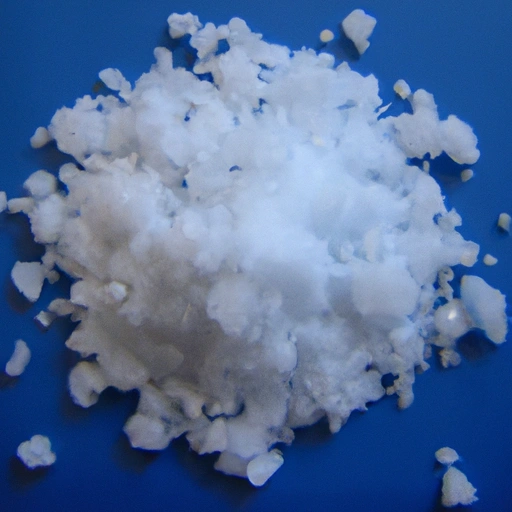Sea Salt
Description

Sea salt is a crystalline form of salt obtained by evaporating seawater. Known for its coarse texture and slightly different taste compared to table salt, sea salt is appreciated for the trace minerals it contains. As an unrefined salt, it retains its natural white, gray or pink color, depending on the location and the minerals present in the water from which it is harvested.
Available in various grain sizes from fine to very coarse, sea salt is measured in teaspoons (tsp), tablespoons (tbsp), ounces (oz), grams (g), and kilograms (kg), catering to both American and European units commonly used in recipes.
Common uses
Sea salt is widely used as a seasoning in cooking, as a finishing touch on dishes, and in preserving food. It is also found in cosmetics, such as bath salts and scrubs, due to its mineral content and exfoliating properties.
Nutritional value
Calories
Sea salt contains negligible calories, making it an energy-free addition to dishes.
Protein
Sea salt does not contain protein.
Fat
Sea salt is free from fats.
Carbohydrates
Sea salt does not contain carbohydrates.
Vitamins
While not a significant source of vitamins, unrefined sea salt can contain minute amounts of water-soluble vitamins depending on the source.
Minerals
Sea salt is valued for its minerals such as magnesium, calcium, potassium, and various trace elements, which can contribute to its taste and color.
Health benefits
Sea salt is known for its trace minerals, which can contribute to maintaining a balanced electrolyte level in the body. It is also considered helpful in promoting hydration and may support proper muscle function.
Potential risks
Excessive consumption of sea salt, like any salt, can lead to health issues such as hypertension, heart disease, and stroke. It should be used in moderation, especially by individuals with salt-sensitive conditions.
Common recipes
Sea salt is used across a vast array of recipes, from savory dishes like grilled meats and vegetables to enhancing the flavors in sweets such as caramels and chocolates.
Cooking methods
It can be used in cooking methods ranging from baking, boiling, grilling, to roasting, and is often sprinkled on dishes just before serving to maintain its distinct texture.
Pairing with other ingredients
Sea salt pairs well with a multitude of ingredients, including fresh herbs, citrus, tomatoes, chocolate, and caramel, enhancing the natural flavors of the foods it accompanies.
Summary
Sea salt is a versatile and flavorful ingredient that plays a critical role in cooking and food preservation. Its unique mineral content not only contributes to its distinctive taste but can also offer health benefits when used in moderation. With its rich history and widespread use in culinary traditions around the world, sea salt remains an indispensable seasoning in kitchens globally.